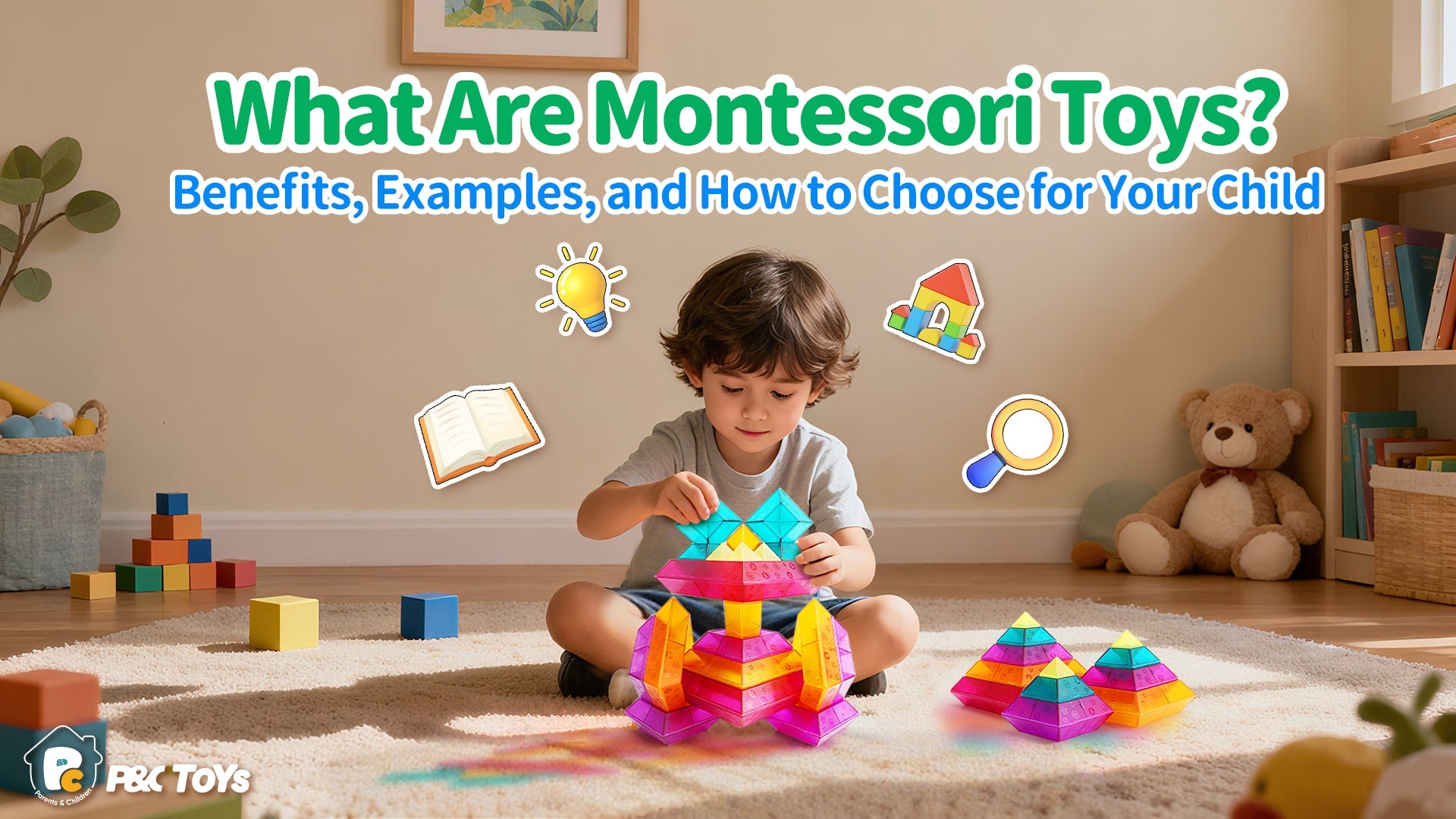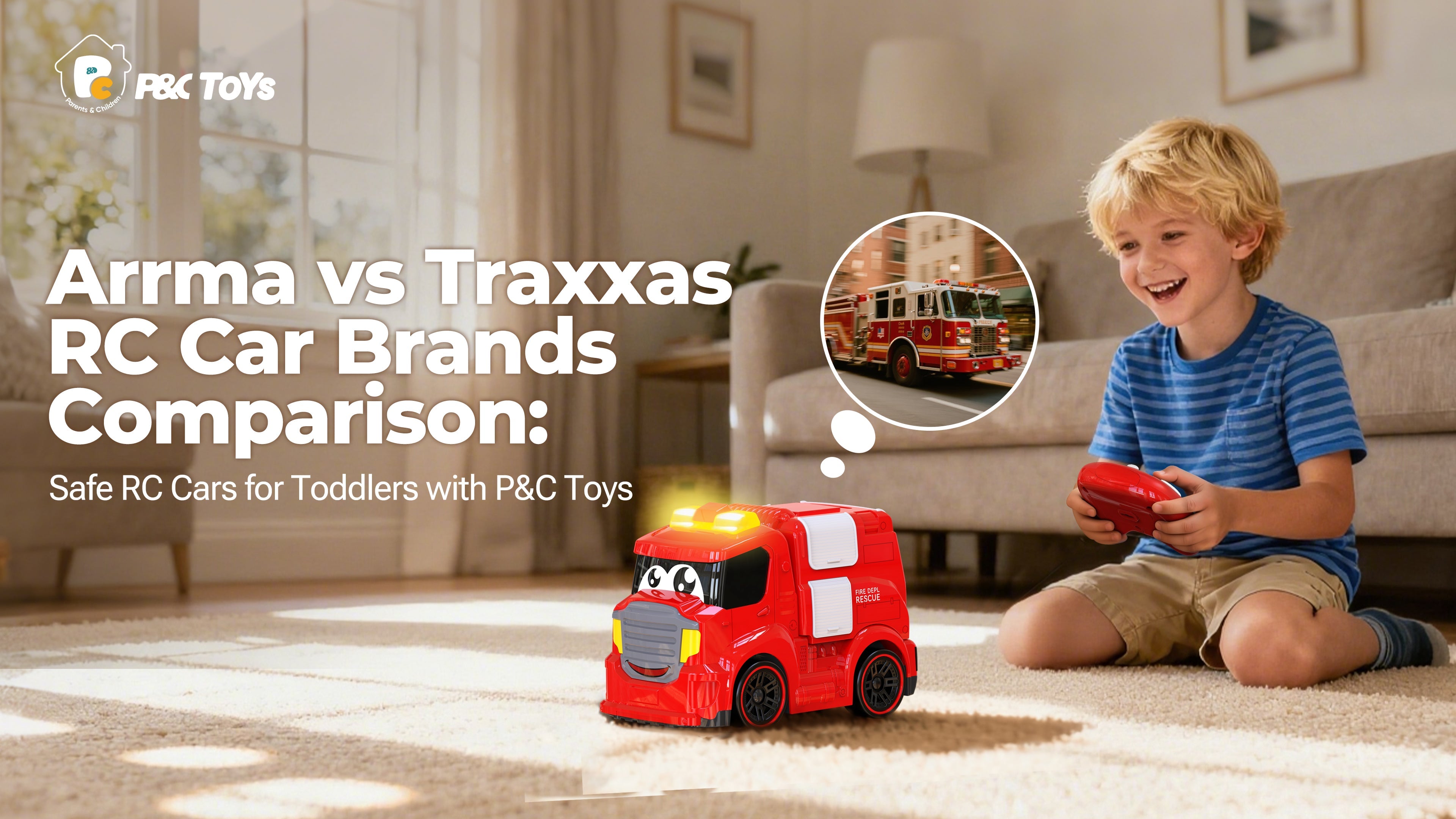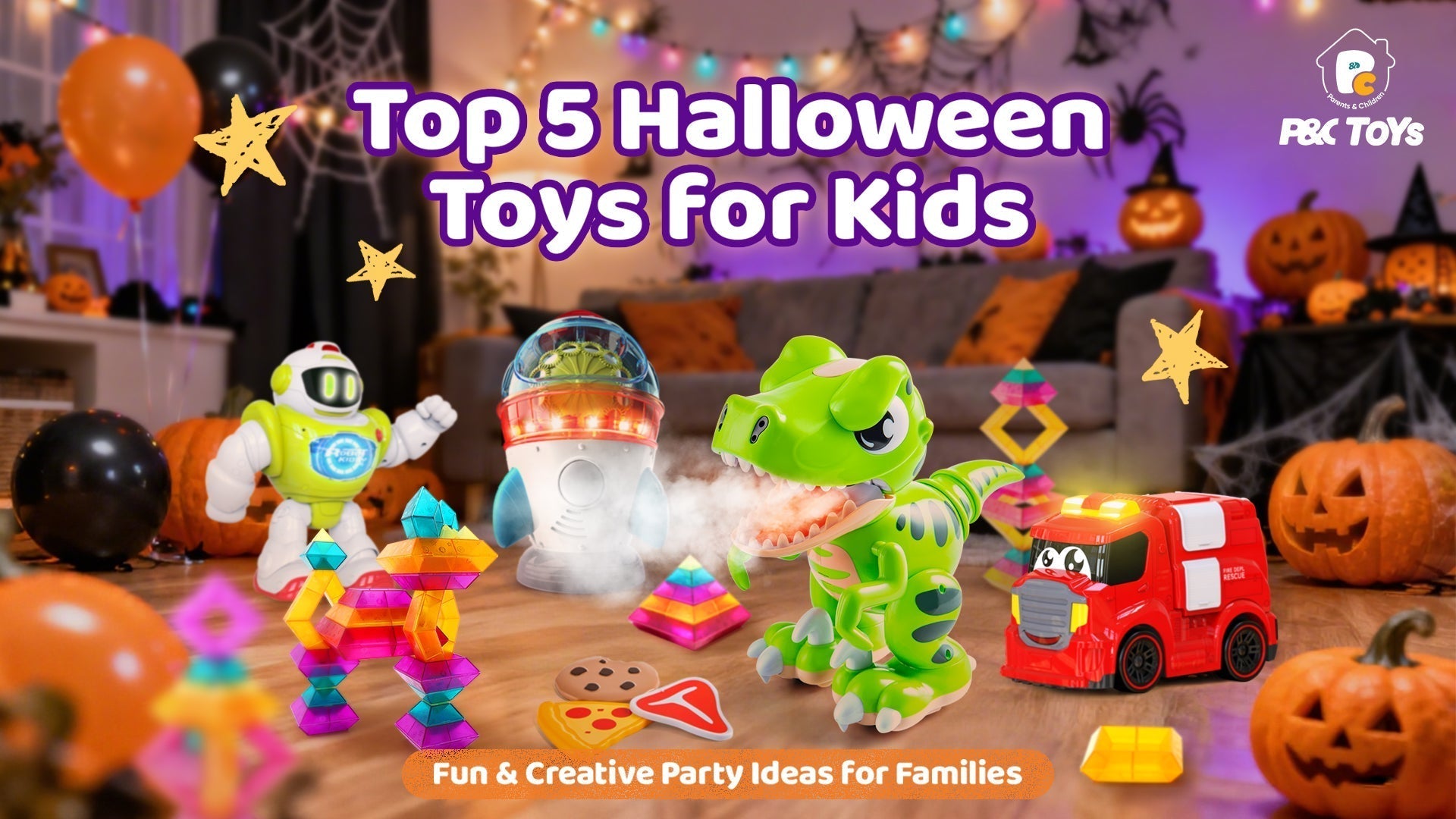
What Are Montessori Toys? Benefits, Examples, and How to Choose for Your Child
What: What Does Montessori Toys Mean?
When parents search What does Montessori toys mean or What are Montessori toys, they’re often curious about why these toys are different from the colorful, noisy gadgets filling most toy aisles. Montessori toys come from the educational philosophy of Dr. Maria Montessori, who believed that children learn best by exploring, experimenting, and doing things with their own hands. In Montessori practice, these are called materials rather than toys, because each isolates one skill with a control of error.
Unlike toys with flashing lights or preset sounds that guide the child’s play, Montessori toys are purposefully simple. A set of smooth wooden blocks, a shape sorter, or translucent stacking cubes might not look flashy, but that’s the point. These toys encourage children to use their senses, creativity, and problem-solving skills, rather than passively pressing buttons.
In short, Montessori toys are designed with three core principles in mind:
-
Built-in error control: Children learn by noticing and correcting mistakes themselves.
-
Hands-on learning: Touch, feel, build, and explore.
-
Independence: Children learn to do things by themselves.
✨Montessori toys explained simply: they are tools that empower kids to explore the world in meaningful, playful ways — within a prepared environment that offers freedom within limits.
Why: Why Are Montessori Toys Important?
The benefits of Montessori toys go far beyond keeping kids entertained. Studies show that playtime is directly linked to brain development in young children, and toys that invite exploration build stronger cognitive, social, and motor skills.
Here’s why Montessori toys matter for toddlers, preschoolers, and beyond:
-
🧠 Cognitive growth: Sorting colors, stacking shapes, and testing balance builds logic and problem-solving — often called STEM skills. Montessori isn’t framed as STEM, but its focus on order and classification naturally supports early math and science thinking.
-
👀 Focus & calm: Montessori toys are designed without noise or distraction, helping kids develop concentration. Many parents notice their child becomes calmer during “quiet play.”
-
🎨 Creativity & imagination: Because Montessori toys don’t come with a single “right” answer, children learn to invent their own solutions. A tower can be a rocket 🚀, a bridge 🌉, or just a tall wobbly stack.
-
✋ Fine motor skills & sensory development: Some Montessori materials (toys) are sensorial, but others focus on practical life, language, or math. This is broader than what’s usually meant by ‘sensory toys.’
-
💖 Emotional growth: Montessori play is child-led. This independence helps kids build confidence and self-esteem, while the calm rhythm of play supports emotional regulation.

In short, Montessori toys are educational toys for kids that transform ordinary play into opportunities for growth. 🌱
When: When Should Children Start Using Montessori Toys?
Parents often ask: When should I introduce Montessori toys to my child? The answer: the journey can start from birth — high-contrast cards and grasping rings are suitable from 0–6 months. By 18 months, toddlers enter deeper sensory exploration.
-
👶 0–18M (Infants): visual mobiles, object permanence boxes, rolling drums.
-
👶 18M–3Y (Toddlers): Perfect for simple toys like stacking blocks, color-sorting sets, and shape puzzles. These support fine motor skills, early math concepts, and hand-eye coordination.
-
👧 3–6Y (Preschoolers): At this stage, imagination and logic explode. Montessori toys for preschoolers can include more complex building kits, role-play sets, and early STEM activities.
-
👦 6Y+ (School-age kids): Older children thrive with advanced construction sets, STEM engineering activities, and creative challenges that expand problem-solving and teamwork.
The key is to match the toy to the age label. Montessori toys for toddlers will look very different from those designed for a six-year-old — but both deliver valuable learning. Choosing age-appropriate toys ensures your child gets the most out of the play experience.
How: How Do Montessori Toys Work in Practice?
The beauty of Montessori toys is not just in their design, but in how they’re used.
At home, parents can prepare a Montessori shelf with just 1–2 toys in rotation — blocks, translucent stacking cubes, or a sorting tray. Instead of directing the play (“Build a tower like this”), let your child explore. For example, with a Montessori stacking block set, toddlers can experiment with balance, light, and color while parents guide with open-ended questions like:
-
“What happens if we stack the big one first?”
-
“What color do you see if we put blue and yellow together?”
-
“Can you make a shape with three blocks?”
In classrooms, Montessori teachers set up materials for self-directed learning, using the three-period lesson and careful observation — not direct instruction. Children might trace shadows with a flashlight 🌞 (light and shadow activity), explore a building blocks challenge, or act out real-world situations with community helper toys. The role of the adult is to observe and guide gently, not to control the play.
This method shows why Montessori toys explained simply means: kids can learn through play. With these toys, play is never just play — it’s also science, math, art, and life lessons wrapped into one.

Where to Buy: Online vs Offline
Parents searching for where to buy Montessori toys usually compare two main options:
-
🏬 Offline stores: Great for touching and testing toys, but often limited in variety. Local shops may not carry specialized Montessori items.
-
💻 Online platforms: Huge variety and easy access, but the quality and “true Montessori” value can vary. Some products are marketed as Montessori but don’t follow the philosophy.

That’s why trusted websites are the best option. On the P&C Toys website, parents find:
-
✅ Clear product descriptions
-
✅ Age-appropriate labels
-
✅ Safe materials (FSC-certified wood and non-toxic finishes, eco-friendly ABS, BPA-free, toddler-safe designs)
-
✅ Focus on learning through play and real developmental value
-
✅ Parenting tips and guides to help you choose the right toy
👉 If you’re shopping for Montessori toys for toddlers, preschoolers, or school-age kids, P&C Toys makes the process simple, safe, and fun. You can even find essentials like our Montessori Translucent Stacking Blocks, perfect for back-to-school sensory play and early STEM learning.
✨ Montessori toys explained in one line: they are not just toys, but tools for independence, creativity, and lifelong curiosity. Whether your child is stacking their first block or designing a complex structure, Montessori toys meet them at every stage of growth.


